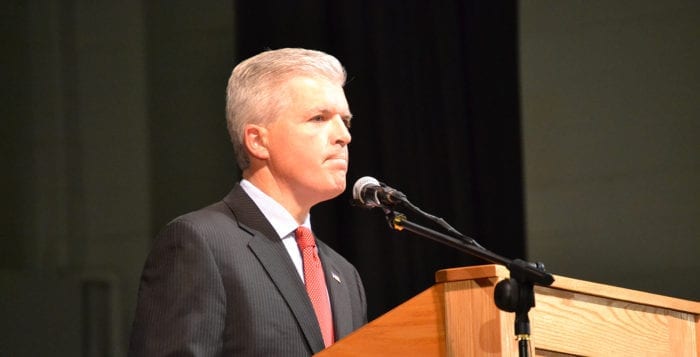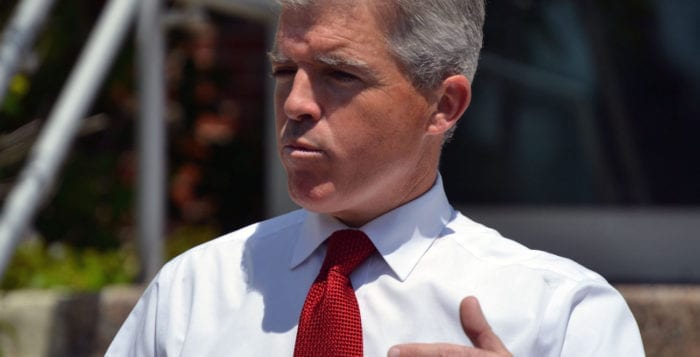During the initial months of the pandemic, Long Island lost jobs at a faster rate than New York City, New York state or anywhere else in the nation, according to a new report from Nassau and Suffolk counties with city-based consulting firm HR&A Advisors.
Long Islanders suffered the twin blows of the public health impact, and economic destruction. Long Island lost 270,000 jobs, or 21.9 percent of non-farm payroll employment, compared with a rate of 20.1 percent for New York City.
“This pandemic has caused hundreds of thousands of Long Islanders to lose their jobs, shuttered businesses and turned our local economy upside down,” Suffolk County Executive Steve Bellone (D) said in a statement. He and Nassau County Executive Laura Curran (D) held a press conference in Melville July 9 where they cited this report, which “makes clear that federal aid from Congress is necessary if our region is going to rebound and recover from the worst economic crisis since the Great Depression,” Bellone added.
The impact was particularly brutal for people with low-paying jobs, lower levels of education and among the Hispanic population.
The worst, however, is not over, as total job losses on Long Island are expected to reach 375,000 compared to pre-COVID levels. Net job losses are expected to continue through 2021 as well, albeit at a slower pace.
More than two out of three jobs lost were in sectors that pay less than the regional average annual wage of $61,600.
The area that lost the highest number of jobs, across Suffolk and Nassau, was hospitality, which shed 82,000 jobs. Health care and social assistance lost 59,000 jobs and retail lost 52,000.
The job decline in hospitality was especially problematic for Hispanic workers, who are disproportionately represented in those businesses. Hispanic workers represent 27 percent of the hospitality field, while they are a smaller 17 percent of the overall Long Island workforce.
Although workers with a high school diploma or below constitute 62 percent of the workforce, they represented 73 percent of the viral-related job losses, reflecting the disparate effect of the virus.
The overall effect of these job losses will result in a decline of $21 billion in earnings for Long Island workers and $61 billion in economic activity throughout the area.
The report suggested that economic recovery would occur in several waves, with some industries showing an increase in jobs much more rapidly than others. Finance and insurance, management of companies and enterprises, professional and technical services, government and information jobs will likely see 95 percent of jobs return within six months, by the first quarter of next year.
The second wave includes jobs in real estate, retail, administrative and waste services, agriculture, construction and utilities, education, health care and social assistance, manufacturing, wholesale trade and other services. Within a full year, 85 percent of those jobs will return.
The third wave will take the longest and will bring back the fewest jobs. Accommodation and food services, transportation and warehousing, and arts, entertainment and recreation will take two years to restore 75 percent of the jobs on Long Island that predated COVID-19.
Half of all businesses in Suffolk County closed temporarily during the virus. An estimated 1 percent of those businesses closed permanently.
One-third of industrial businesses on Long Island are at risk of closing.
The report also projects that earning and spending losses may be even higher in 2021 from a slow recovery within some sectors and from expiring unemployment benefits.
Along with the two county executives, the report urged the federal government to pass the HEROES Act, which provides $375 billion in budgetary relief for local governments. The act passed the House, but the Senate has yet to address it.
The report urged an extension of benefits for workers and businesses and an increase in federal infrastructure funds. The report also sought federal relief for small businesses, while supporting new business development and helping businesses recover. Finally, it seeks assistance for states and counties for workforce development, job training and equity initiatives.

![5 IMG_7930[1]](https://tbrnewsmedia.com/wp-content/uploads/2019/02/5-IMG_79301-700x357.jpg)
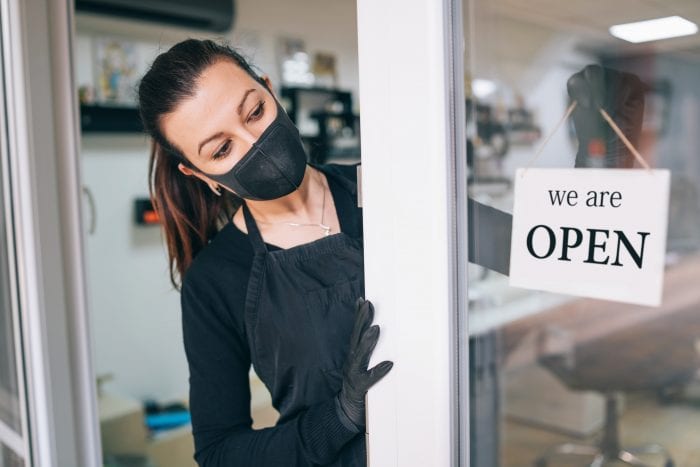
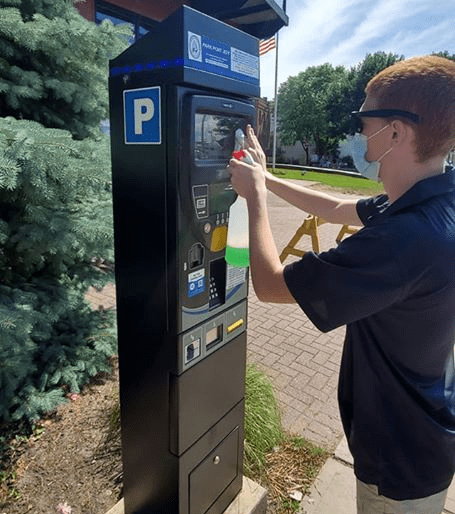

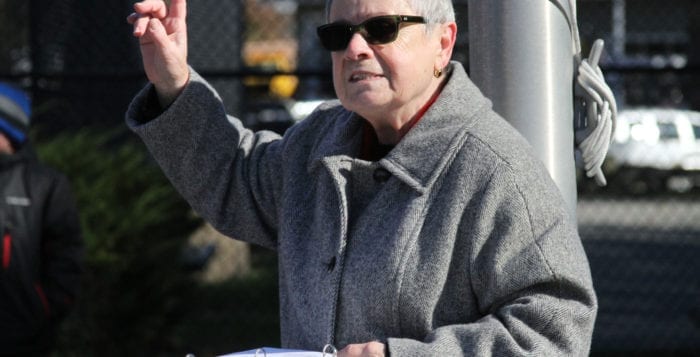

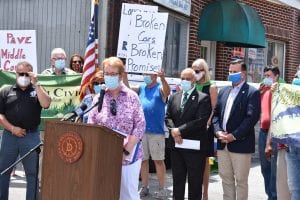
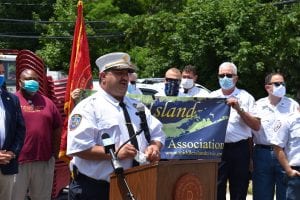
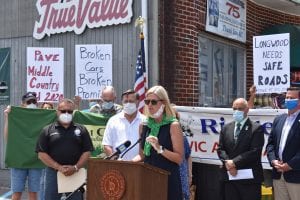

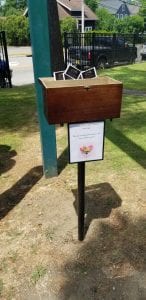 A box of complimentary wildflower seed packets was installed by the landscape company at the second installation, from which visitors to the park can take a complimentary seed packet. A second box of seed packets will be installed next to the first installation on the western Prime Avenue entrance to the park within the week.
A box of complimentary wildflower seed packets was installed by the landscape company at the second installation, from which visitors to the park can take a complimentary seed packet. A second box of seed packets will be installed next to the first installation on the western Prime Avenue entrance to the park within the week.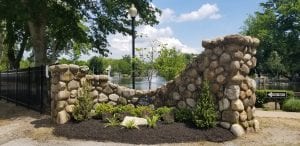 “I am the prime beneficiary of this Adopt-a-Corner installation because my office is located across the street,” stated Councilman Smyth. “I see this beautiful corner every day. I encourage everyone to make the town look its best by adopting a corner. The resident or business which adopts a corner may put place a small plaque with their name or dedicate the corner in honor of someone.”
“I am the prime beneficiary of this Adopt-a-Corner installation because my office is located across the street,” stated Councilman Smyth. “I see this beautiful corner every day. I encourage everyone to make the town look its best by adopting a corner. The resident or business which adopts a corner may put place a small plaque with their name or dedicate the corner in honor of someone.”